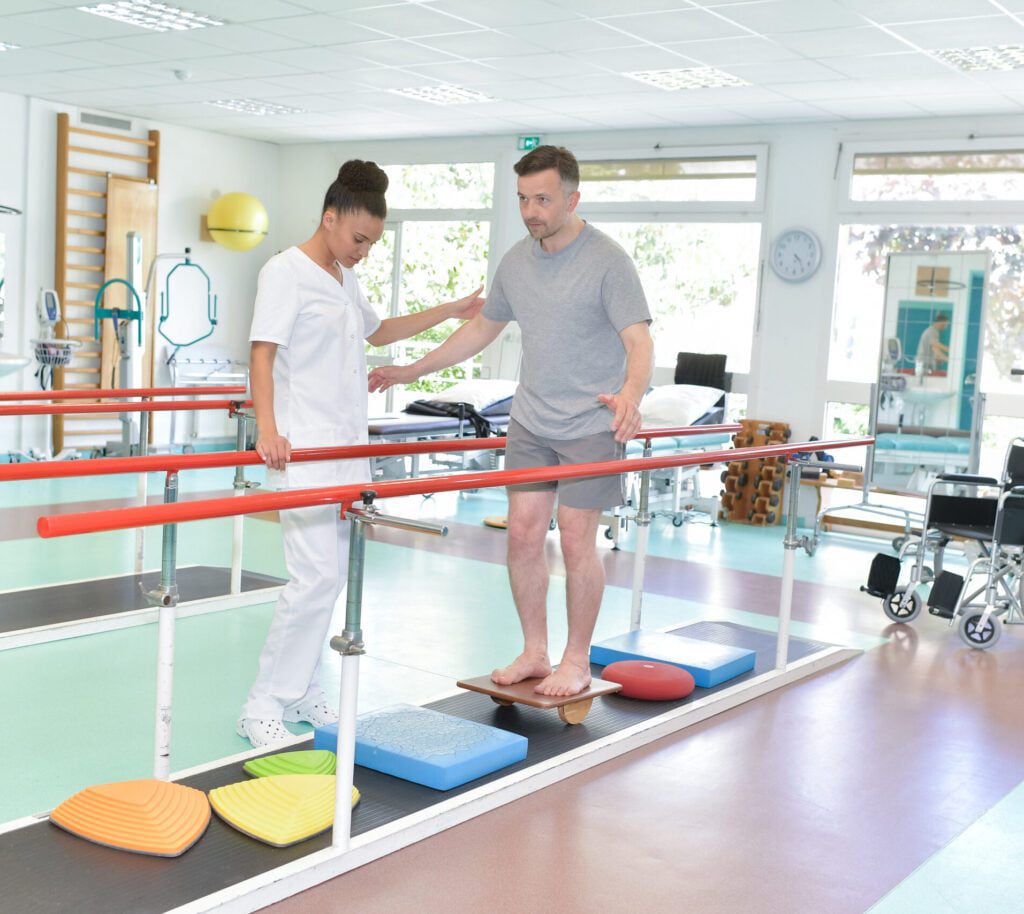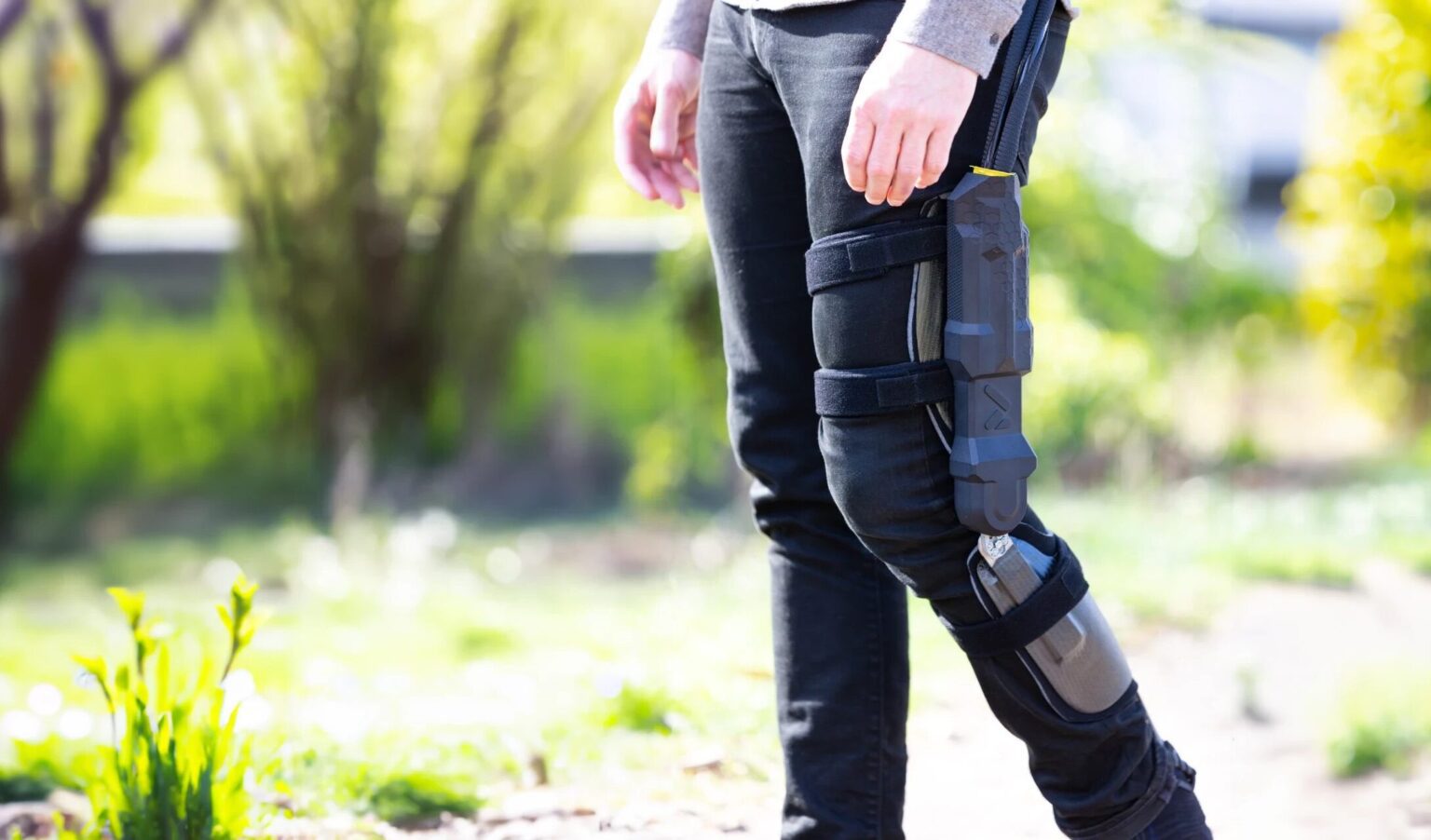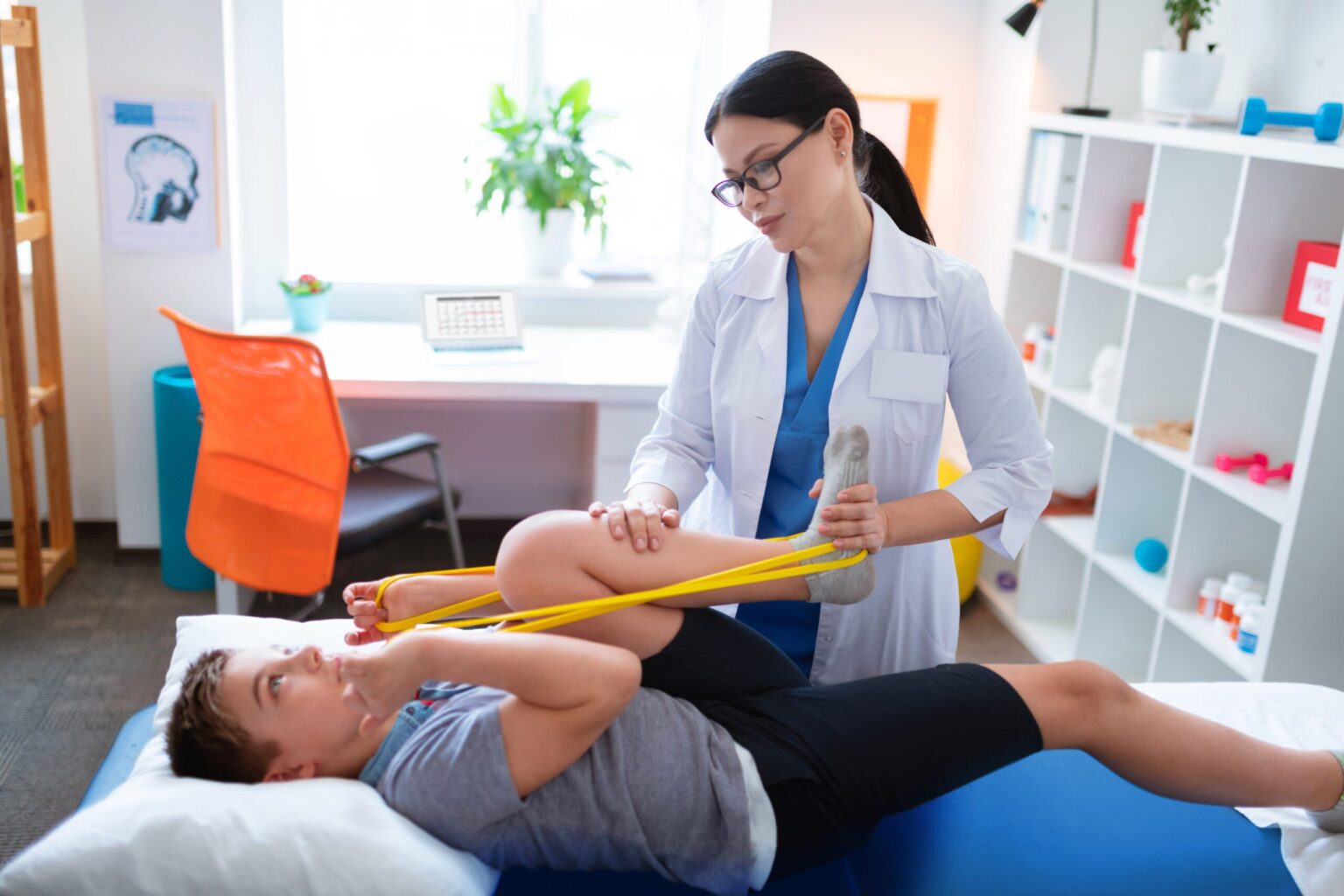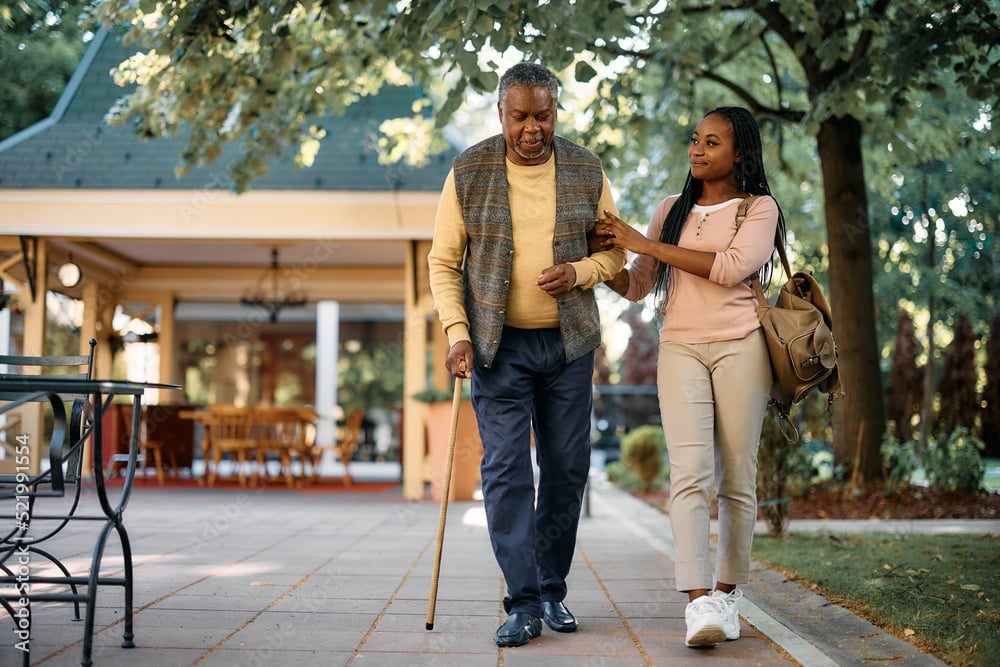Information about walking difficulties
Walking difficulties can be a significant problem for many people, regardless of their age.
According to the World Health Organization (WHO), about 15% of the world’s population suffers from walking or mobility difficulties, which can impact their quality of life and independence.
A study conducted by the National Institutes of Health (NIH) found that over 20% of adults over 65 years of age have trouble walking or performing daily activities due to physical limitations. This number is expected to rise with the aging population, making walking difficulties a major public health concern.
Furthermore, walking difficulties can lead to other health problems, such as falls and fractures. In fact, falls are the leading cause of injury-related death in people over 65 years of age.
The Centers for Disease Control and Prevention (CDC) reports that every year, more than 2.8 million older adults are treated in emergency departments for fall injuries, and over 800,000 patients are hospitalized due to falls.
Despite these challenges, there is good news. There are many treatments and preventive measures that can help improve mobility and quality of life for people with walking difficulties. Physical therapy, assistive devices, and lifestyle changes such as exercise and a balanced diet can all play a role in managing walking difficulties.
It’s important to seek medical attention if you suspect you have walking difficulties. A doctor can provide a diagnosis and a treatment plan tailored to your individual situation. With the right care and support, people with walking difficulties can continue to live a fulfilling life.
Causes of walking difficulties
Walking difficulties can have many causes, ranging from degenerative conditions to accidents and developmental problems. Some of the most common causes of walking difficulties include:
- Central nervous system pathologies such as Parkinson’s disease, multiple sclerosis, and stroke
- Spinal cord injuries and other neurological conditions
- Osteoarthritis and other joint problems
- Diabetes
- Accidents and surgeries affecting the lower limbs or spine
Symptoms of walking difficulties
Symptoms of walking difficulties can vary depending on the underlying cause, but they can include:
- Difficulty walking or standing
- Weakness or loss of strength in the legs
- Instability and lack of coordination when walking
- Pain or stiffness in the legs or hips
- Weakness of trunk or abdominal muscles
- Balance problems
Treatment of walking difficulties
The treatment of walking difficulties depends on the underlying cause and may include:
- Medications to control symptoms, such as pain or muscle stiffness
- Physical therapy to strengthen muscles and improve coordination
- Walking aids, such as canes, walkers, or even exoskeletons, to help maintain balance and support body weight
- Surgery to correct joint or neurological problems
- Rehabilitation and adaptation to regain more mobility and independence
It is important to work with a healthcare professional to find the most appropriate treatment for your situation. Treatment may include a combination of different options and may be adjusted over time based on your progress and needs.
It is also important to focus on independence and quality of life improvement. This may include learning techniques to manage daily living activities such as getting up and down, moving around in a house or apartment, and moving outside the home.
Occupational therapy can also be useful in helping individuals with walking difficulties regain their independence and autonomy.
Prevention of walking difficulties
It is important to take measures to prevent walking difficulties, especially if you are at risk due to degenerative medical conditions or joint problems. Here are some tips to prevent walking difficulties:
- Exercise regularly to strengthen your muscles and balance
- Wear comfortable, appropriate shoes for your activity
- Maintain a healthy weight
- Avoid standing or walking for long periods of time
- Practice good posture
- Get enough rest and manage stress.
Working with a healthcare professional can help you develop a personalized plan to prevent walking difficulties and maintain good mobility.
Conclusion:
Walking difficulties can be a significant problem for many people, but there are many treatments and preventative measures that can help improve mobility and quality of life.
If you think you are suffering from walking difficulties, consult a doctor to get a diagnosis and a treatment plan tailored to your situation.






























